As part of their Politics of Interactive Live Art (HRA 501) core course with Dr. Tania El Khoury, the MA ’24 cohort created a microfestival featuring an array of works-in-progress, including performances and installations across the Bard campus.
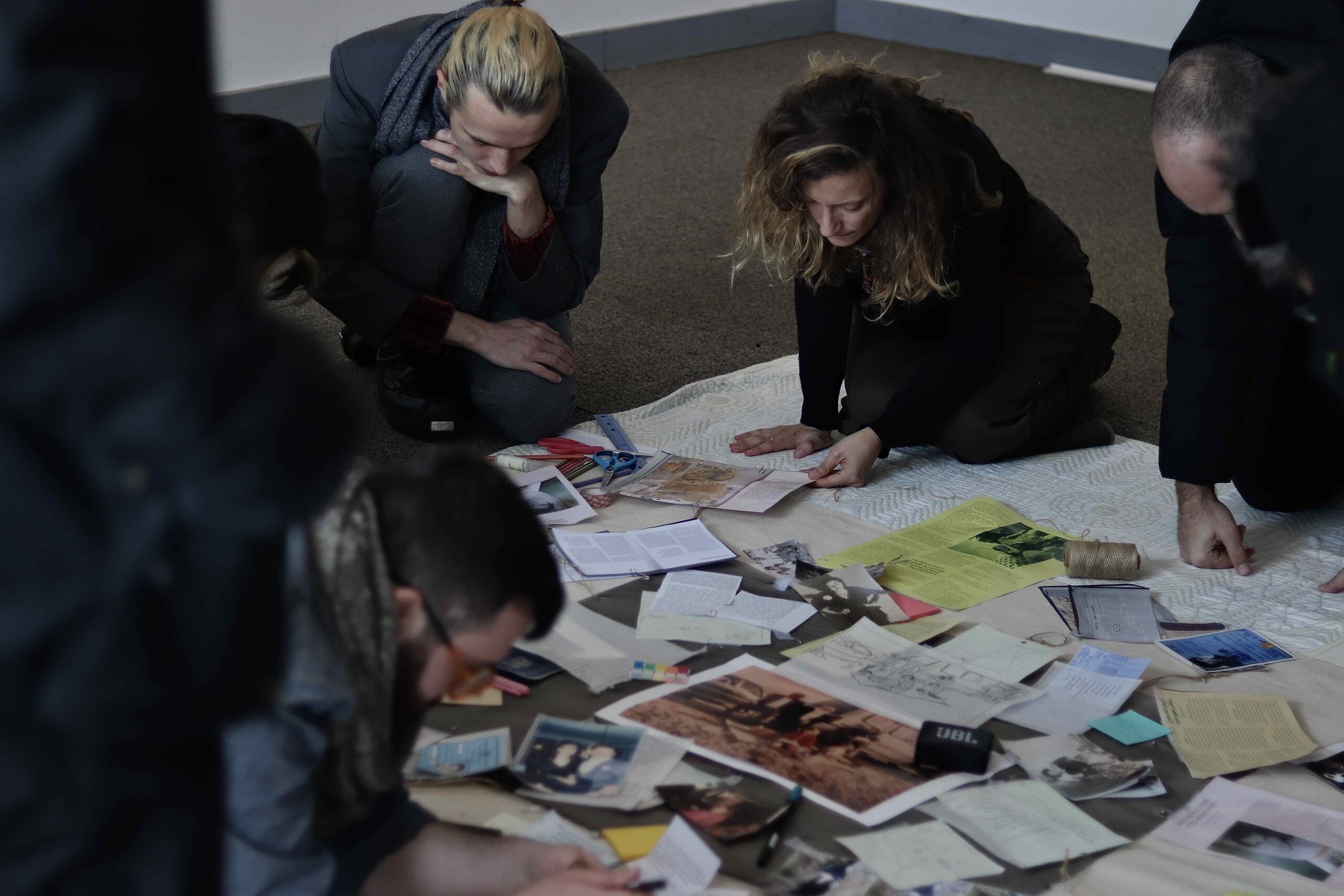
Center and Edge is an installation sparked by a family photo from the artist’s childhood, taken on the shores of the Dead Sea in Jordan in 1996. The sound and photo installation explores what might be living on the edges of a family portrait and what might be center but rather invisible. Center and Edge maps one photo from a family album of leisurely outings to reveal their unspoken collective memory that underlines three generations of Palestinian displacement.
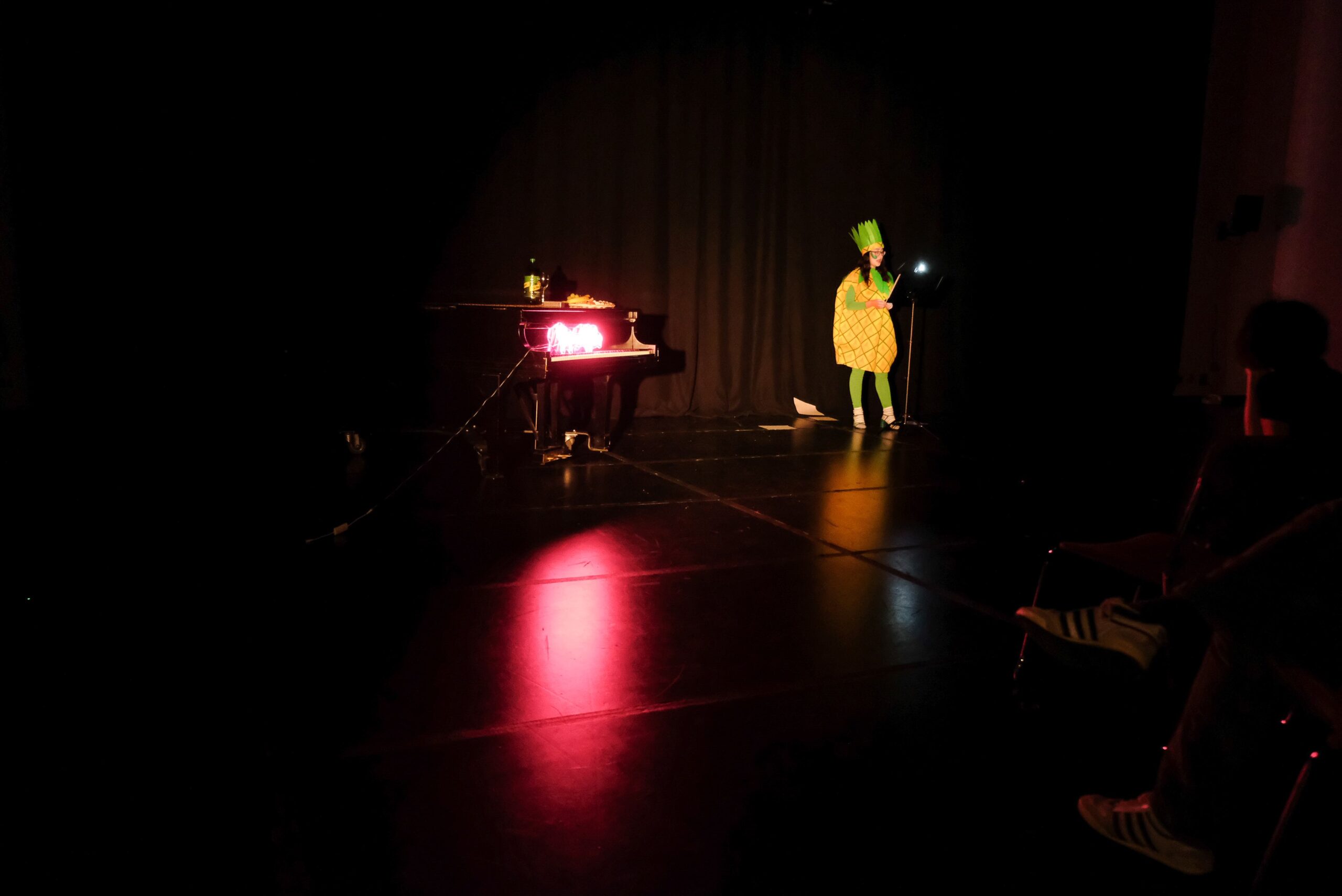
Me and the Other is a lecture performance and an investigation of the world of words, and the troubling power of “compliments”. What is transmitted through remarks and small talk is frequently veiled in a history of violence and othering. Me and the Other uses humor to shed light on the contentious, intimate, and unsettling experiences of Asian women’s objectification and sexualization by the white male gaze.
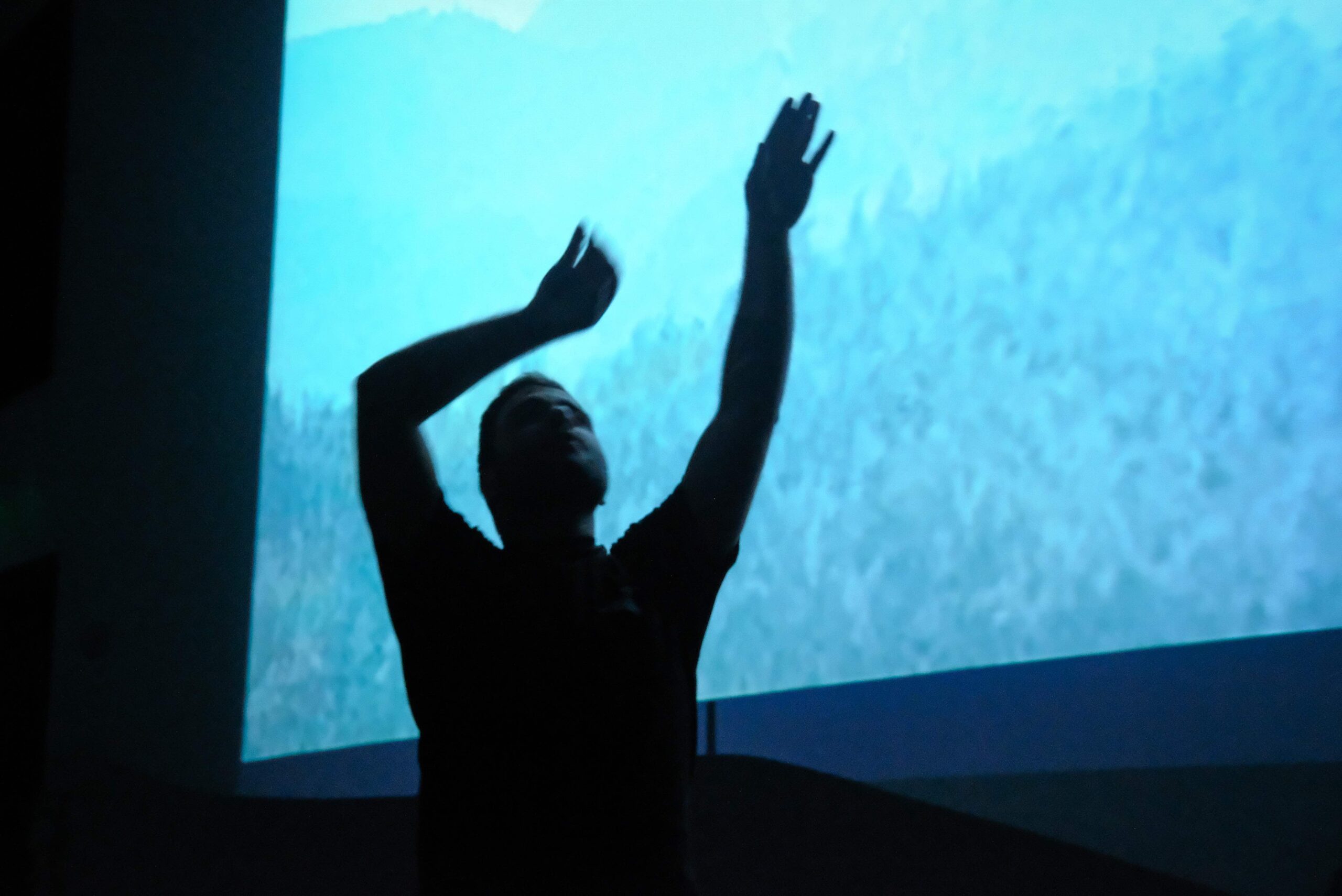
Horizons is an interactive live art project in which the artist takes you on a virtual tour of his bedroom in the Dheisheh refugee camp. This sound and video installation illustrates the politics of space’s materiality, formations, and transformations in relation to political, environmental, and material violence. Horizons is about one room that influenced the architect’s perception of space and time from the building materials to the search of a wider horizon, and the unearthing of a deeply ingrained desire for escape.
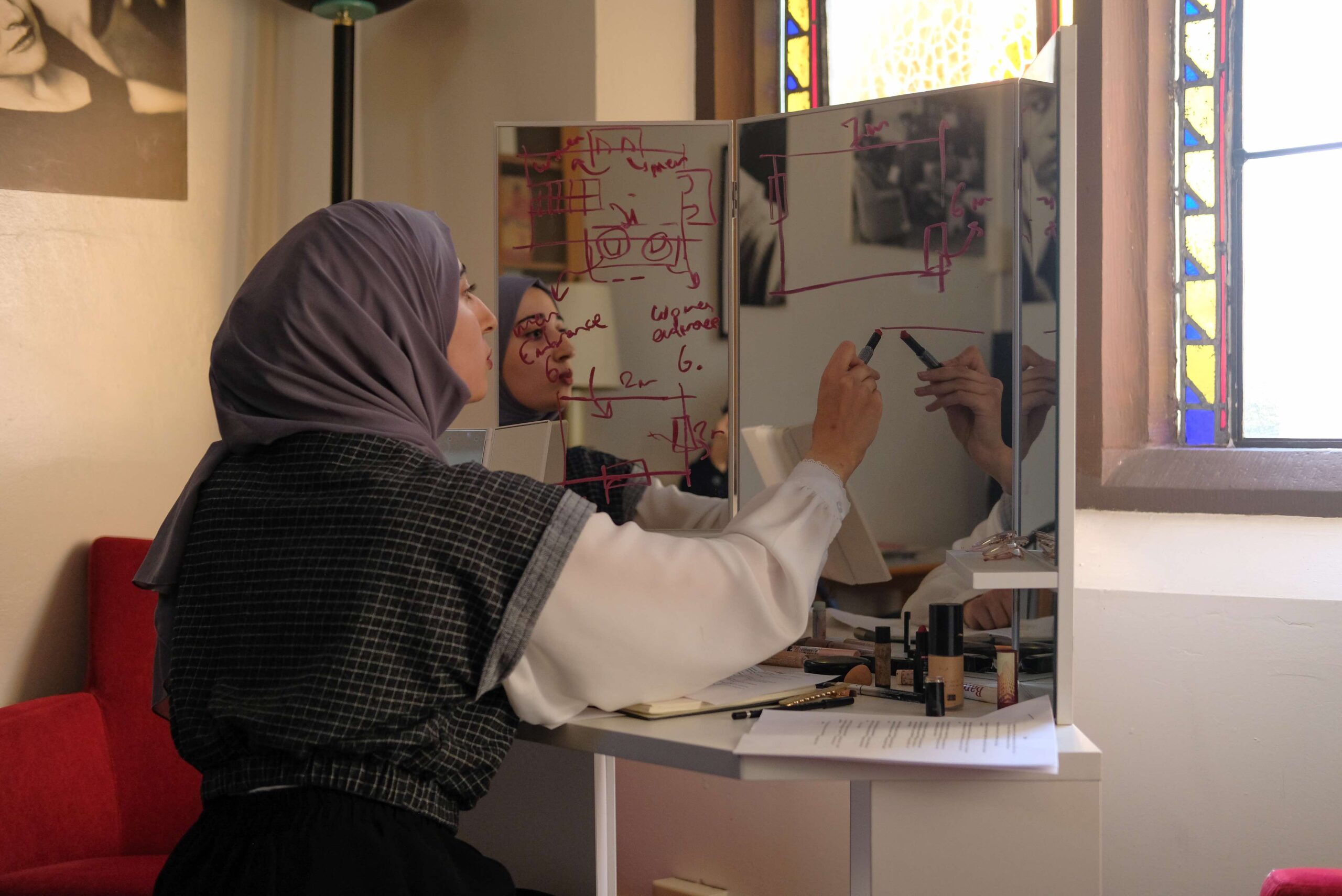
Opacities is an interactive live art piece that depicts what it was like to live in an apartment in the Saudi city of Hail. The artist narrates how Saudi Arabian spatial characteristics have influenced domestic settings in neighboring countries such as Jordan and Egypt through the work migration of middle-class families to Saudi Arabia. Opacities investigates the tensions between home surveillance, architectural typologies, and the obsession with privacy that is controlled by the patriarchal system and influenced by spiritual beliefs.
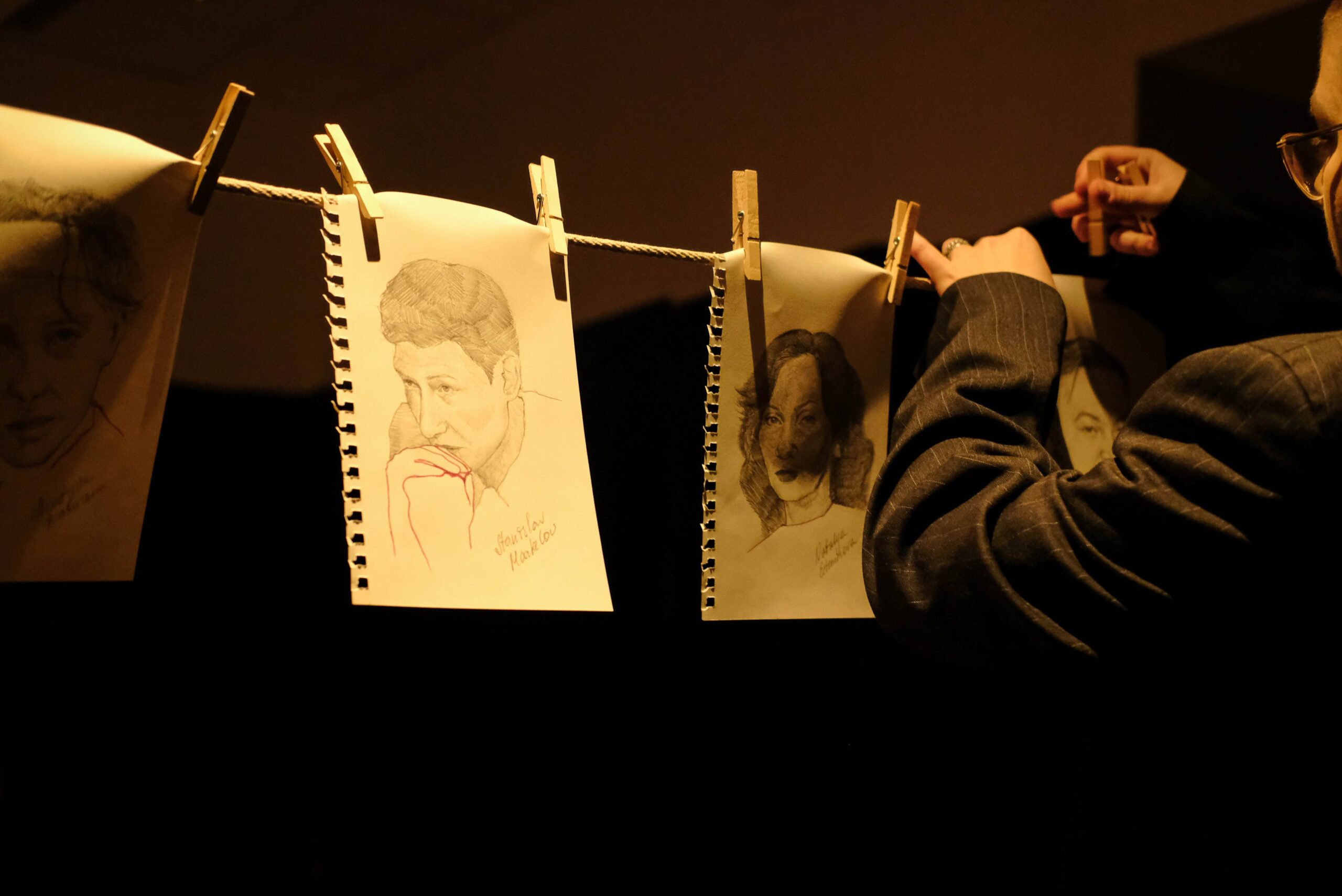
In the last decade in Russia, critics of Putin’s regime have been murdered while doing their jobs of holding the state accountable. The Thread commemorates the lives and ideas of these human rights activists, journalists, and politicians. In a live drawing performance, the artist invites the audience to meet the faces and listen to the voices of those who gave up their lives for justice.
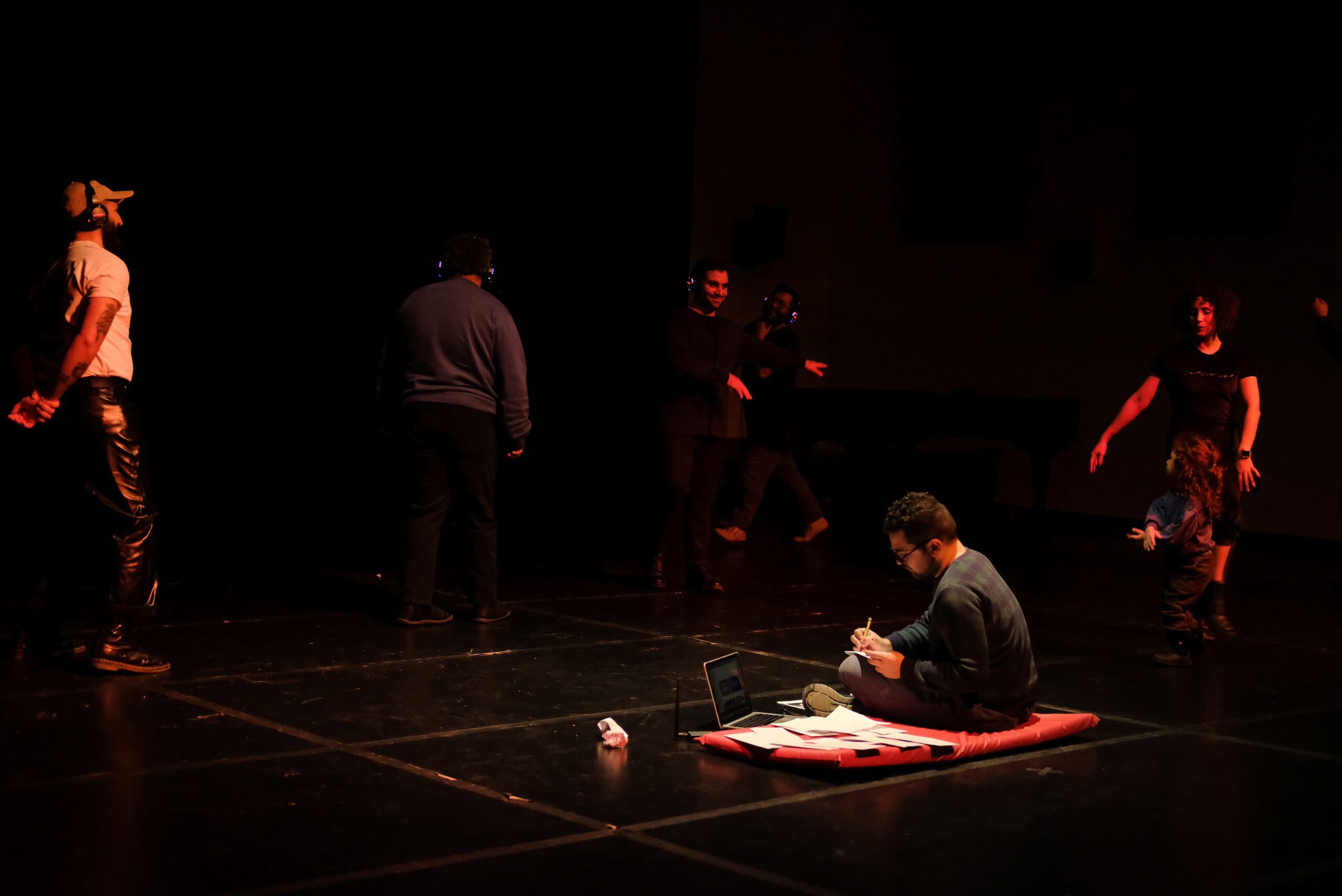
Performing gender normativity compels us to feel insincere, insecure, and conflicted. It leads many of us to anguish and a sense of detachment from one’s lineage. In the form of a silent disco, Inner Rave invites audiences to embody the artist’s quest for self-identification in his conservative family.
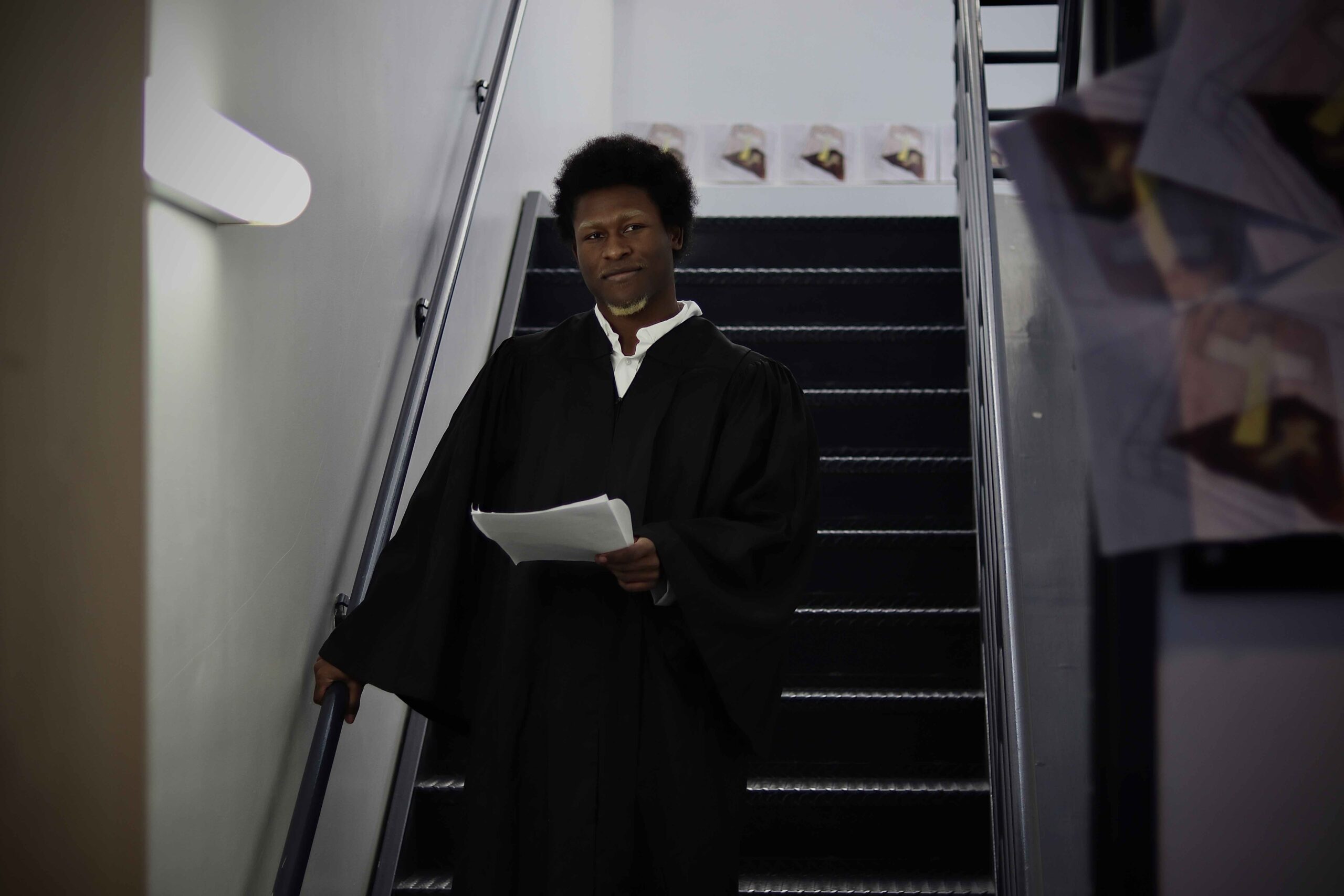
Camp is… an aesthetic, style, or genre rooted in queer drag culture. Camp is putting on your Sunday’s best: a three-piece suit in the middle of July or an extravagant headdress providing shade on the rainiest of days. Camp is colorful clothes and large fans. Camp is, come Sunday, people who live life in vastly different ways come together and put on a show. Camp is… a multimedia performance installation that seeps through various entries of Bard campus. It explores the aesthetics and politics rooted in Black sexuality, gender expression, and queer drag culture in relation to Black American megachurches’ self-fashioning and respectability.
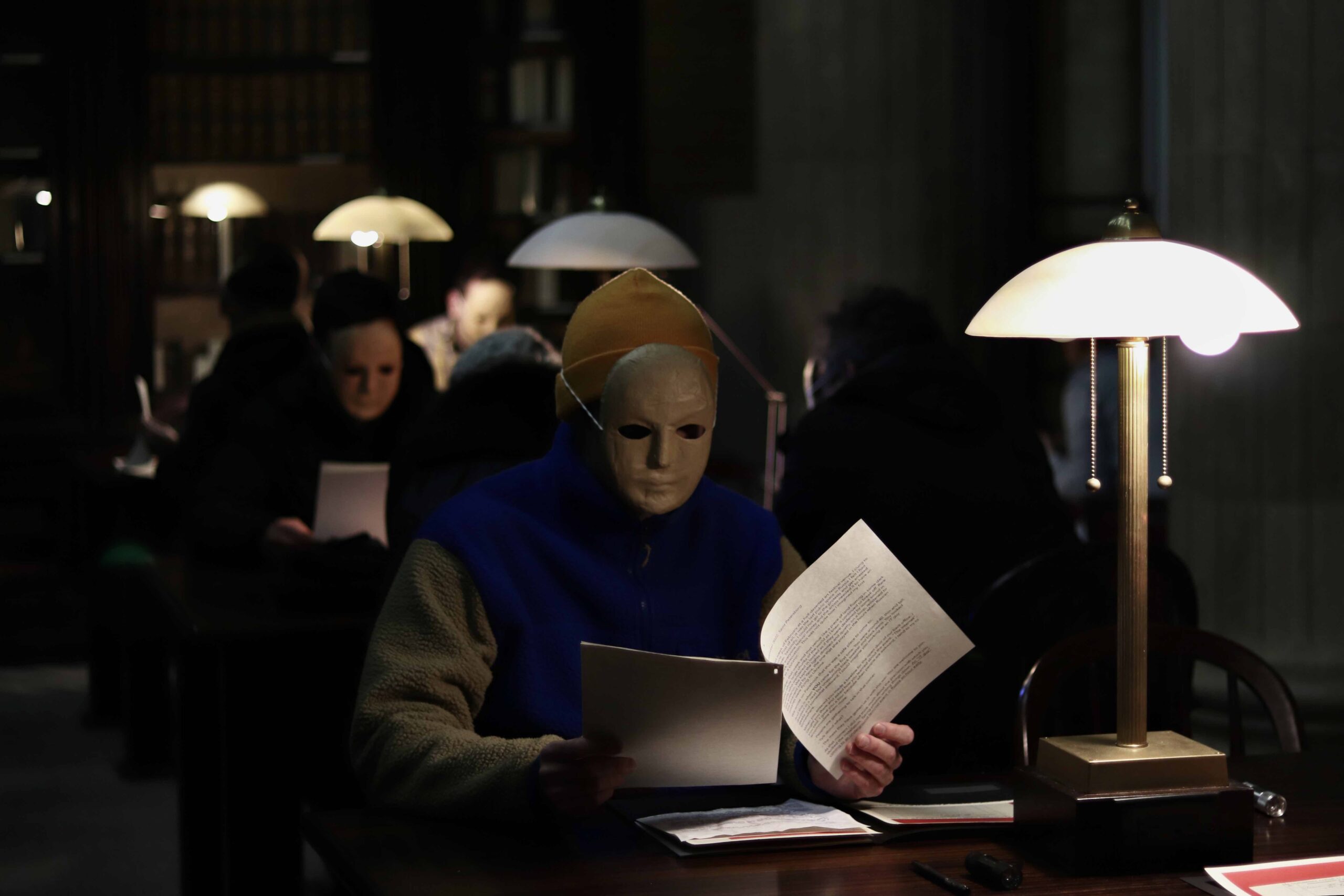
What happens when an authoritarian state comes to your art venue blending with the audience? Do you censor yourself, set a trap, or see a potential for communication? To The FSB Officer Who Attended My Events is an immersive installation that tells a story of an art festival that opened in February 2022 when Russia invaded Ukraine. It challenges the notion of safe spaces and addresses the fact that Russian security agents are regulars at certain artistic occasions.
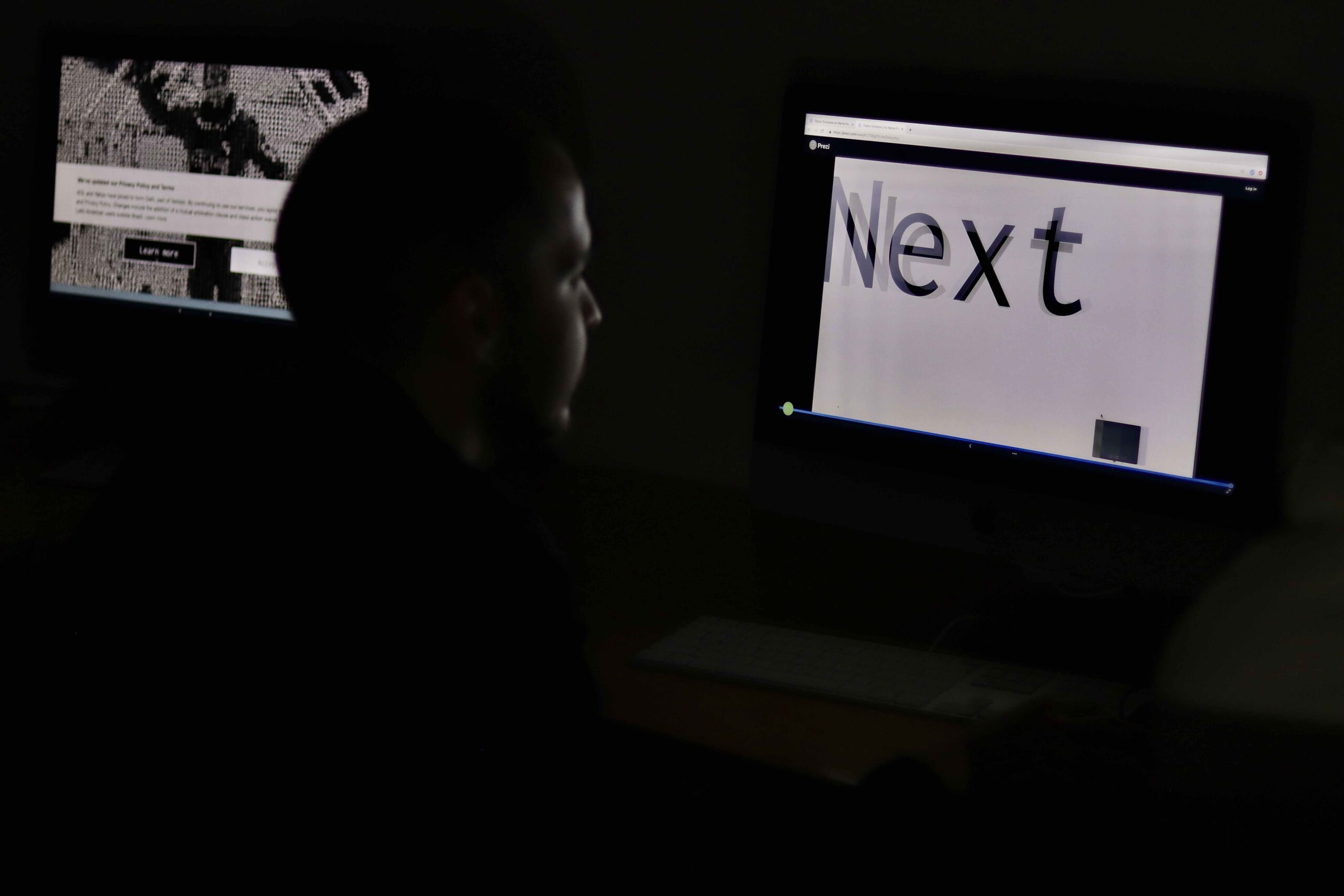
Digital Dystopias reflects on the problematic practices in digital culture, such as surveillance, doxing, and impersonation. These practices altogether contribute to the alarming tendency to devalue human life. Since all of our behavior online is converted to data, we become reduced to lines of binary code in the database. Our personal information enters the veins of the system’s algorithms to further digitize our being. Digital Dystopias is a transcendent posthumanist take on our current relationship with the digital world. In an unnerving immersive lecture-performance, the audience is taken through the process of data production to illustrate the creation of digital traces and the fragility of human life in the data-driven world.
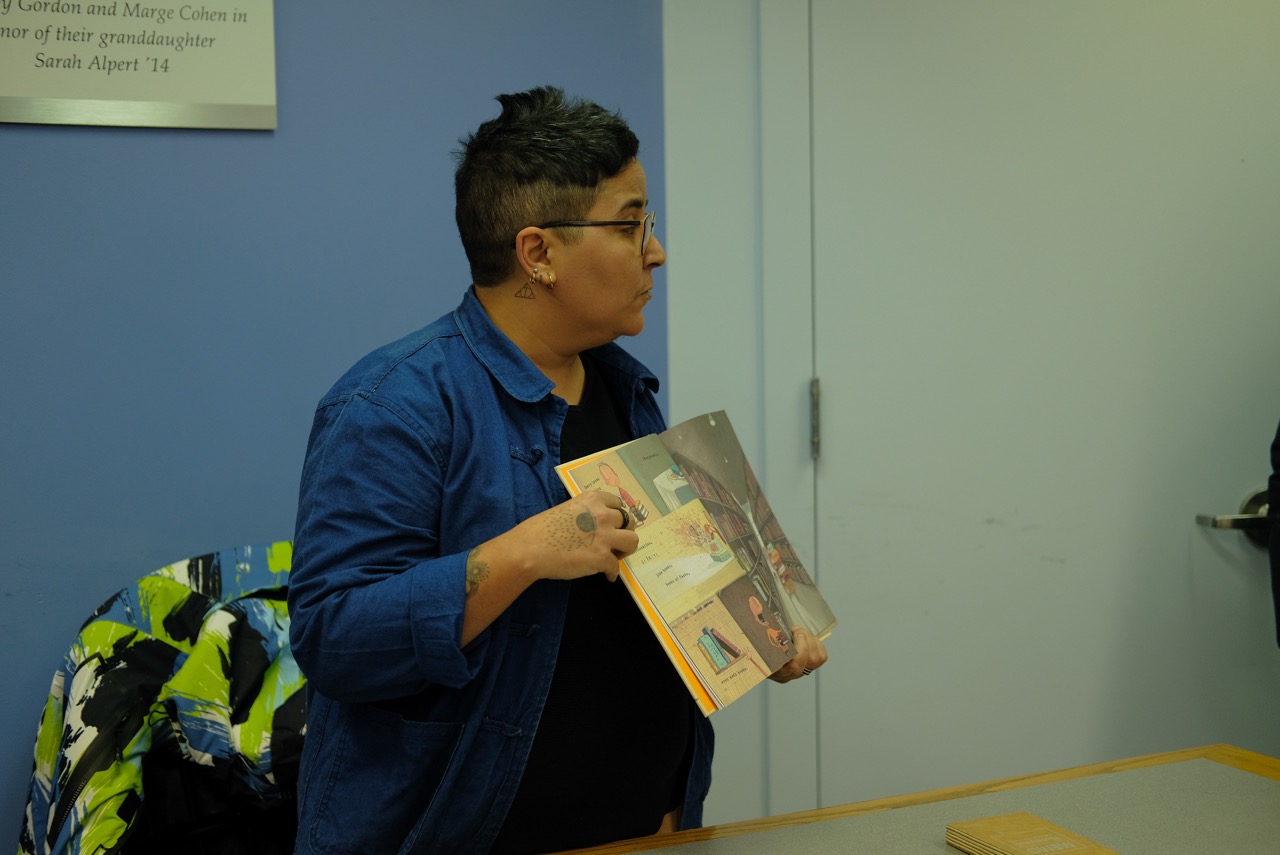
Mesopotamia, 4000 BC, the inscription of signs representing ten goats and sheep on a clay tablet set up the emergence of what will become an integral part of literacy: reading. Several centuries later, arranging pages in a booklet shaped the birth of books as we know them. Since then, they have taken many shapes and functions. [TL;DR] is an interactive performance where the audience is invited to use the library as a playground and to experience a scavenger hunt. The performance questions access to knowledge in order to consume books in an alternative way.
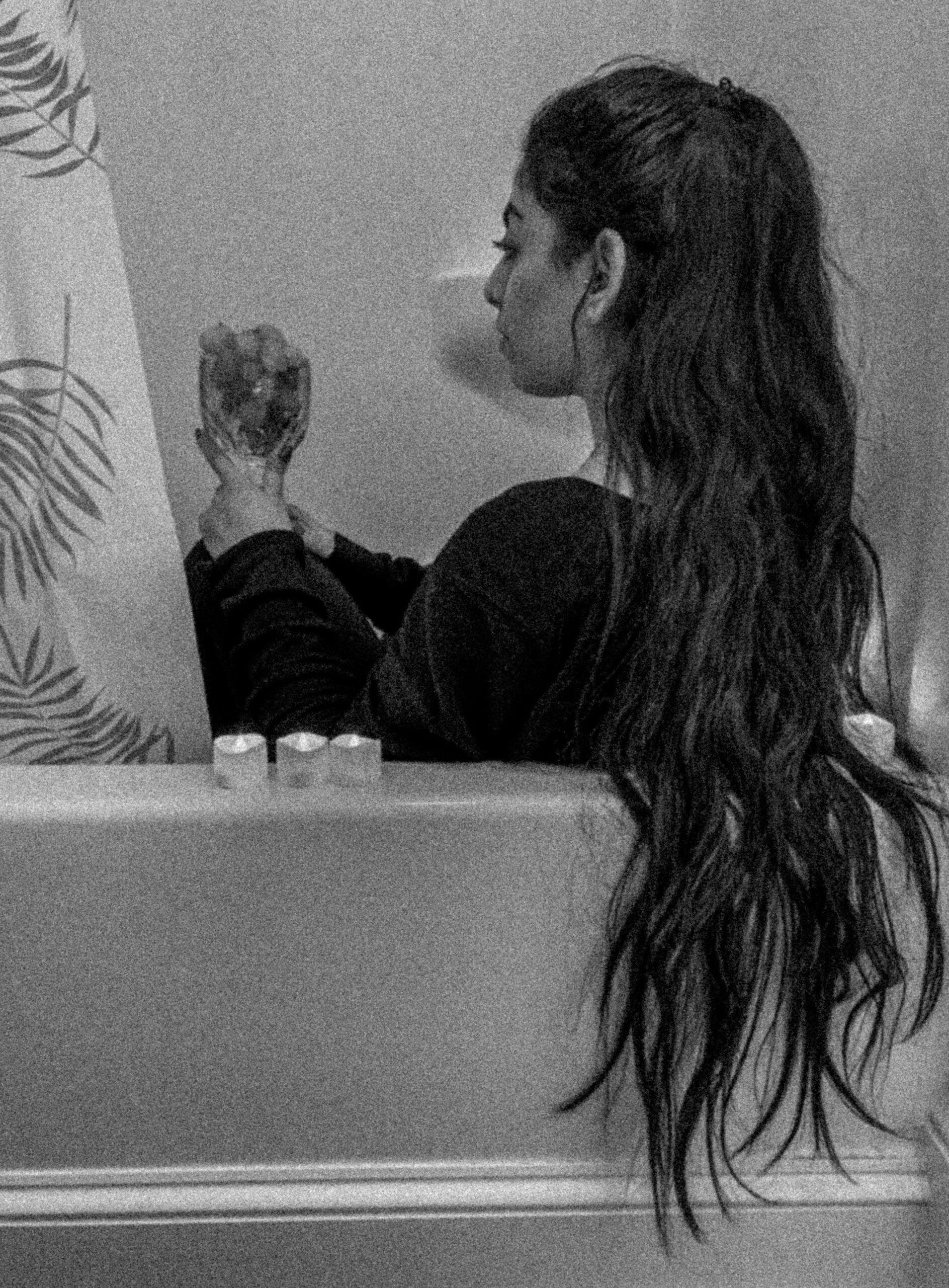
A bathroom is a place of comfort, but also an opportunity for regaining control by celebrating/recognizing one’s body away from the male gaze and the pressure of being constantly vigilant. My Mind in a Bathtub is an autobiographical performance, exploring the role of intimate spaces as refuge for women who feel watched by society.
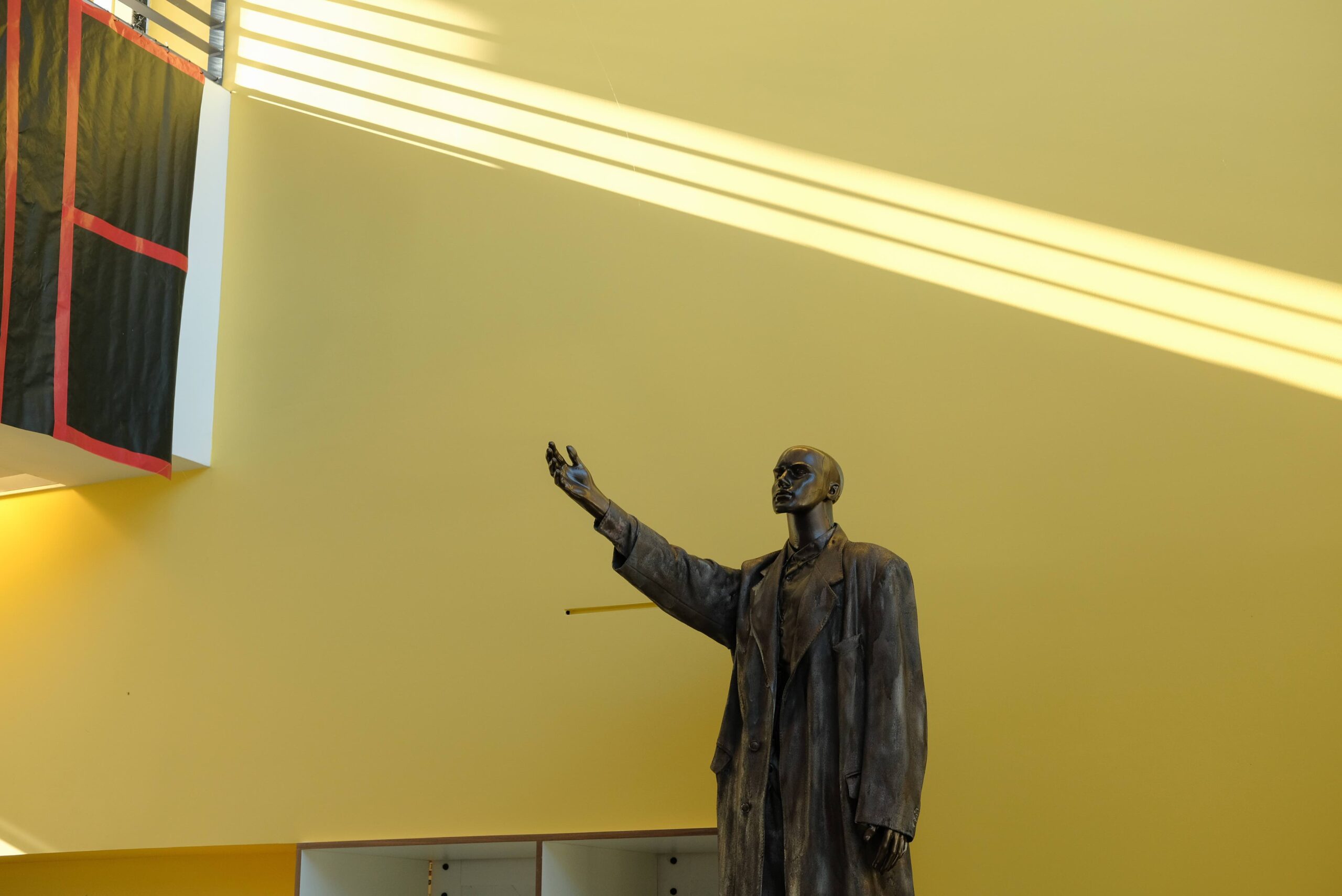
Olovo is a country that does not exist. This is an immersive interdisciplinary project that occupies Bard Campus Center for the duration of 24 hours. It employs the main mechanisms of occupation of Russia and the Soviet Union, with emphasis on the current war on Ukraine. Olovo includes a series of installations and performances, as well as an Instagram account (@olovobard) and propaganda posters on campus. The work reflects on the practices of occupation, exposing how in a short period the occupier transforms a local culture and enacts a spatial and narrative dominance.
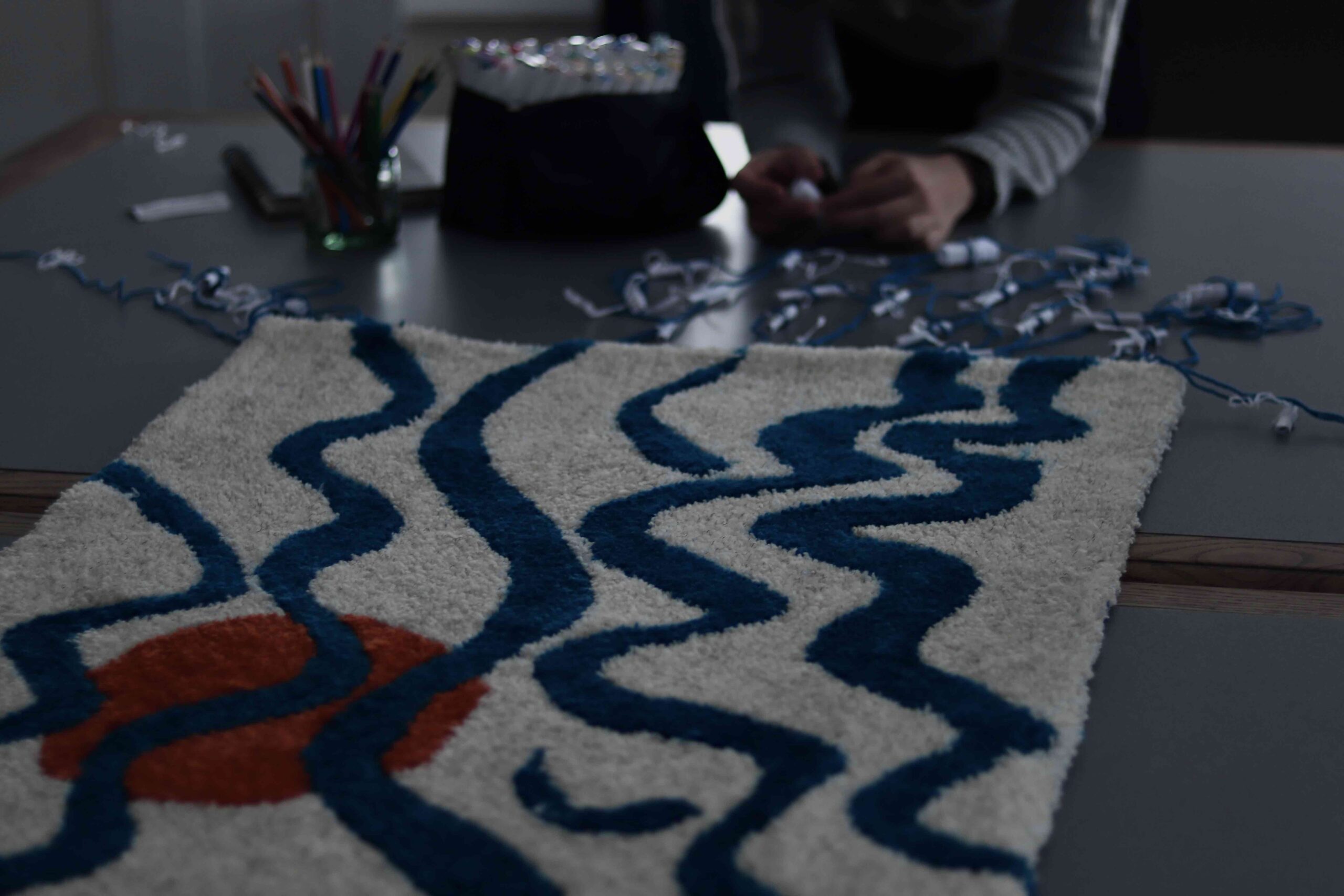
This one-to-one performance is a collaboration between two Libyan artists in exile conversing about home in the context of climate change, pandemic, and displacement. Through the creative process of weaving a therapy rug, they map home as a place where geography no longer makes sense; where home is a place between the stars and the ocean is a place nearby. The audience is invited to reflect on the concept of home, through visualizing their places, and sketching them in a book.
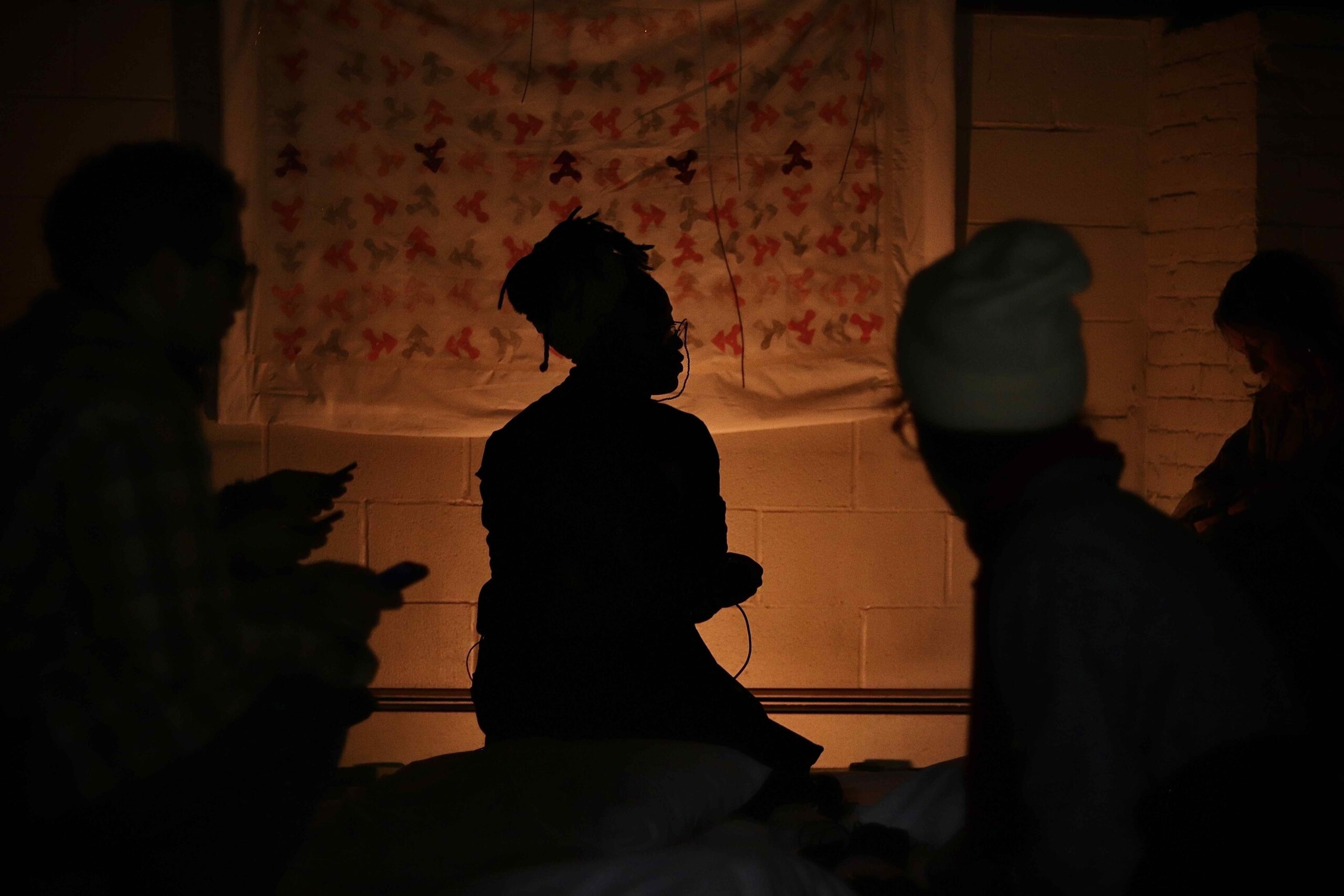
As We Bleed is a multi-sensory installation exploring the political tensions that burden menstruators. Audience members are invited to listen to the experiences of stigma, demonization, and celebration of menstruation. The work challenges cultures that deprive those who menstruate safe spaces and diminish their access to their bodies. The audience is invited to share vulnerability while exposing systems of inaccessibility and period poverty.